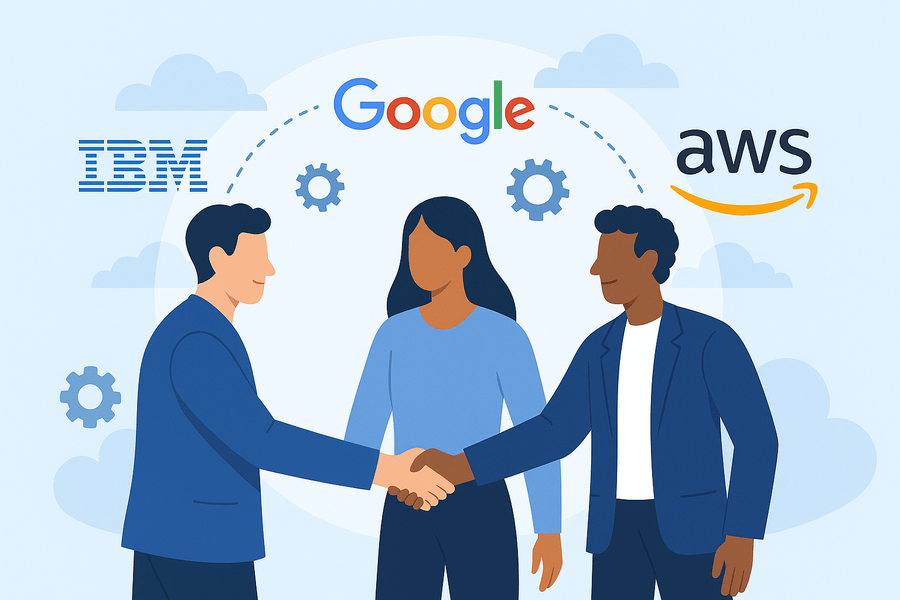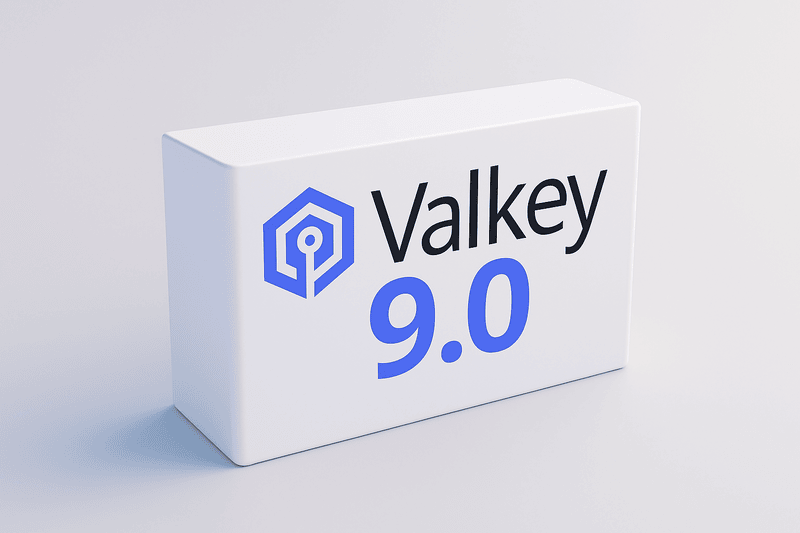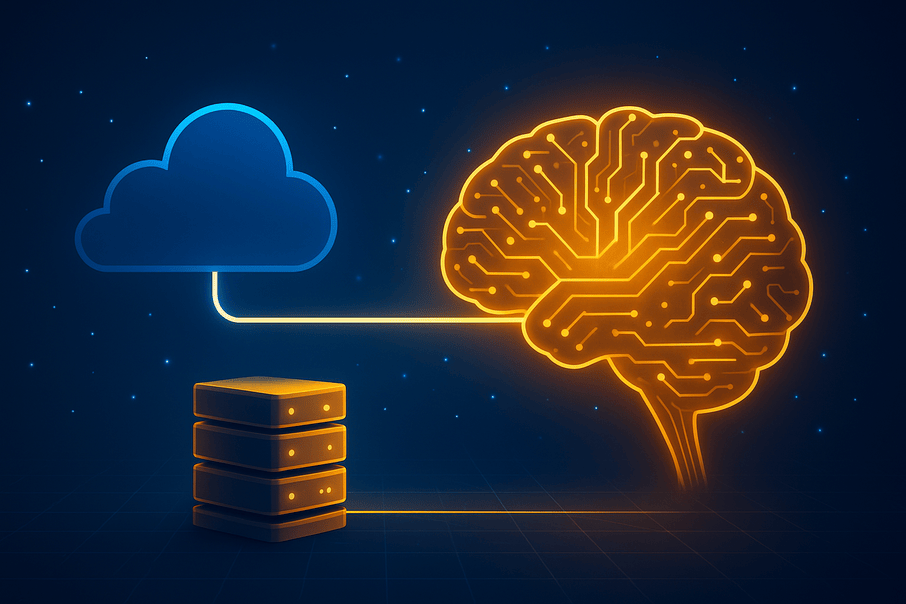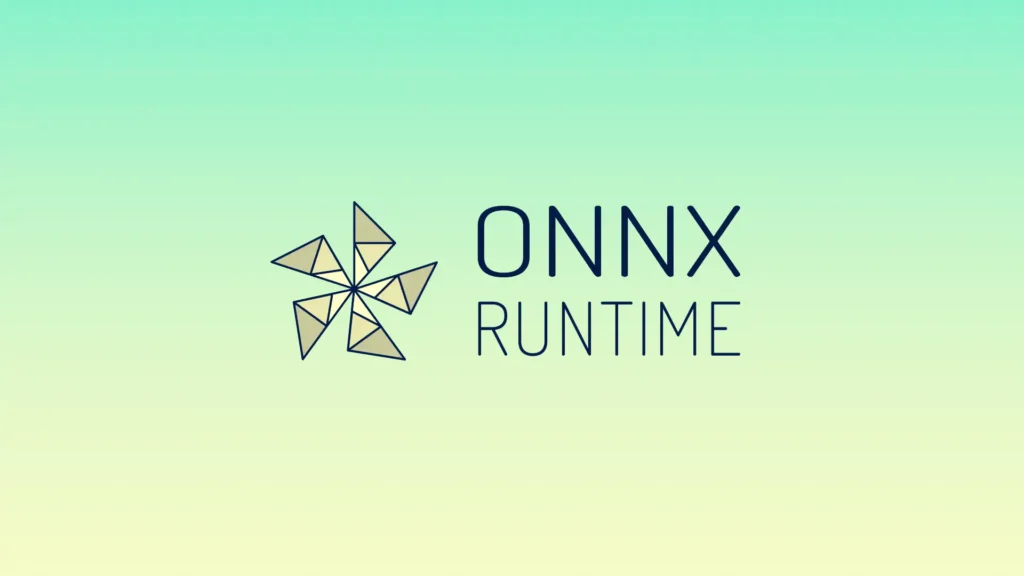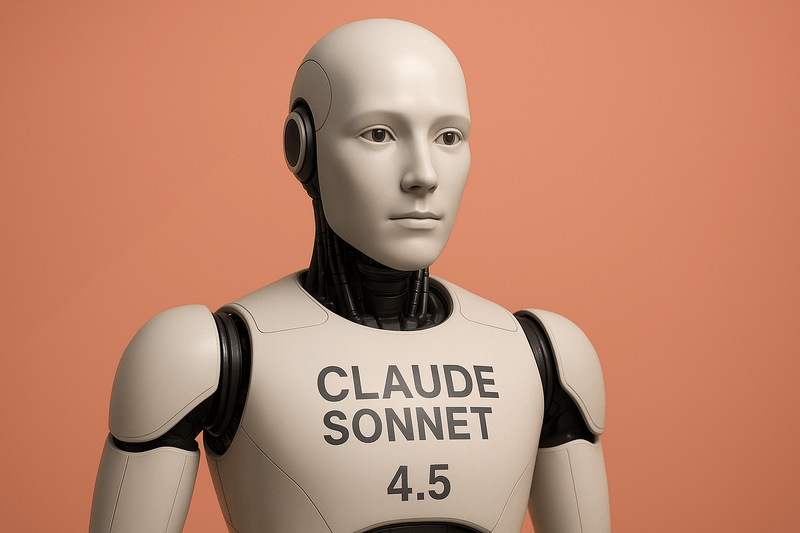The last three years have seen an explosion of large language models (LLMs) and generative AI systems. While these systems are powerful in isolation, real-world enterprise adoption requires them to work together not as silos, but as collaborative agents capable of exchanging information, coordinating actions, and driving outcomes across diverse environments.
This is where protocols come in. Just as TCP/IP standardized the internet and HTTP defined the web, agent communication protocols are becoming the foundational standards for the AI-native internet of agents. Without common rules of communication, each framework or vendor creates its own bespoke integration, leading to complexity, cost, and fragility. With shared standards, however, AI agents gain interoperability, scalability, and trust.
In this context, two significant protocols emerged in 2025: Agent2Agent (A2A) from Google and the Agent Communication Protocol (ACP) from IBM. Both were designed to solve the interoperability challenge, but from slightly different perspectives. Their recent merger under the Linux Foundation’s AI & Data projects represents a landmark step toward creating a unified, resilient industry standard.
A Brief History of the A2A Protocol
In April 2025, Google announced the Agent2Agent Protocol (A2A). The motivation was clear: enterprises were beginning to deploy AI agents at scale—to handle HR queries, supply chain optimizations, IT service tickets, and customer support tasks. But these agents often lived in siloed ecosystems tied to specific vendors or frameworks.
The A2A protocol aimed to:
- Provide a standard way for agents to communicate, regardless of framework or vendor.
- Build on web-native standards (HTTP, SSE, JSON-RPC) for easier integration.
- Ensure secure by default interactions with enterprise-grade authentication and authorization.
- Support both short tasks (like retrieving data) and long-running workflows (like candidate sourcing, research, or supply chain planning).
- Be modality agnostic, supporting not only text but also audio, video, and structured artifacts.
A2A introduced important concepts like:
- Agent Cards for capability discovery.
- Tasks and artifacts as the structured lifecycle for requests and results.
- User experience negotiation to ensure agents can exchange rich, multimodal responses.
By launching A2A as an open protocol with over 50 technology and service partners, including Atlassian, Salesforce, SAP, ServiceNow, MongoDB, PayPal, Accenture, Deloitte, and Infosys, Google signaled that agent interoperability was not optional, but essential.
A Brief History of the ACP Protocol
Around the same time, IBM Research introduced the Agent Communication Protocol (ACP) as part of its BeeAI platform. ACP’s goal was to make agent collaboration simple, lightweight, and vendor-neutral.
Key features of ACP included:
- REST-based communication: easy to integrate with standard tools like cURL or Postman.
- Async-first design: optimized for long-running tasks, with support for synchronous requests.
- Offline discovery: agents could embed metadata in their packages for discovery even in scale-to-zero environments.
- No SDK required: although an SDK existed, ACP was designed to be accessible without specialized libraries.
Whereas A2A leaned into enterprise-grade richness, ACP focused on simplicity, developer-friendliness, and cross-framework neutrality. It was particularly strong at enabling agents across different organizations to discover and communicate without fragile point-to-point integrations.
Why the Merger Matters
In August 2025, the Linux Foundation AI & Data announced that ACP would merge into A2A. The ACP team, led by IBM Research, is winding down separate development and contributing its technology and expertise directly to A2A.
This move is significant for several reasons:
- Unified Standard: Competing or overlapping protocols risk fragmentation. By aligning under one umbrella, the community avoids the “VHS vs Betamax” problem for agents.
- Industry Collaboration: With backing from Google, IBM, Microsoft, AWS, Cisco, Salesforce, SAP, ServiceNow, and others, the combined protocol gains momentum as a true industry standard.
- Stronger Together: A2A brings enterprise-grade governance, rich task lifecycle, and multimodal UX support. ACP contributes its lightweight REST approach, offline discovery, and developer simplicity. Together, they balance enterprise power with developer accessibility.
- Linux Foundation Neutrality: Housing the protocol within the Linux Foundation AI & Data projects ensures open governance, transparency, and community-driven development key to adoption across competitors and industries.
This is more than a merger of code; it’s the consolidation of vision. The result will be a resilient, future-proof foundation for agent interoperability.
Capabilities & Future Systems
With ACP+A2A under the Linux Foundation, engineers and enterprises can expect:
- Cross-vendor agent collaboration: Agents built in LangChain, BeeAI, AutoGen, or custom stacks can seamlessly talk to each other.
- Rich multimodal workflows: Agents can exchange not just text, but structured artifacts like forms, dashboards, images, and even streaming video/audio.
- Task-oriented lifecycle management: Long-running tasks (e.g., compliance checks, legal research, logistics planning) can be coordinated across agents with continuous feedback.
- Secure interoperability: Built-in support for enterprise authentication and authorization ensures trust across organizational boundaries.
- Scalability and discovery: With Agent Cards and metadata-based discovery, new agents can join ecosystems without custom integrations.
How Engineers Should Position Themselves
- Learn the protocols: Familiarize yourself with A2A specs, Agent Cards, and the task lifecycle. Think of this as the TCP/IP of AI.
- Design agents for interoperability: Avoid building closed systems. Expose your agents via open endpoints that can be discovered and reused.
- Experiment with multi-agent systems: Prototype workflows where multiple specialized agents collaborate, e.g., HR + IT + Finance agents resolving an onboarding workflow.
- Stay close to Linux Foundation efforts: Contributing to or following the evolution of the standard will be a career advantage.
Future Systems on the Horizon
- Cross-enterprise supply chain automation: Manufacturing, logistics, and finance agents negotiating and optimizing end-to-end delivery.
- Agentic customer service platforms: Customer-facing bots collaborating with billing, CRM, and logistics agents to resolve complex queries.
- Multi-agent DevOps: Monitoring, observability, and remediation agents collaborating to self-heal systems.
- Knowledge-sharing ecosystems: Agents from different companies securely collaborating in R&D, healthcare, and climate science.
Conclusion
The merger of ACP and A2A under the Linux Foundation AI & Data projects is a watershed moment for the agentic AI ecosystem. By uniting IBM’s lightweight, open ACP with Google’s robust, enterprise-ready A2A—and placing it in a neutral, community-driven foundation—the industry is taking a decisive step toward true agent interoperability.
For engineers and enterprises, this is the time to lean in. Understanding and adopting these protocols will be as foundational as knowing HTTP was in the early days of the web. The systems we’ll build with them—cross-vendor, multimodal, resilient multi-agent platforms will define the next decade of enterprise AI.

